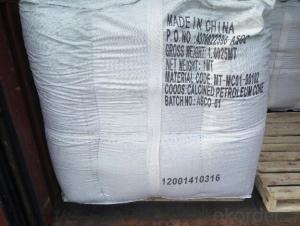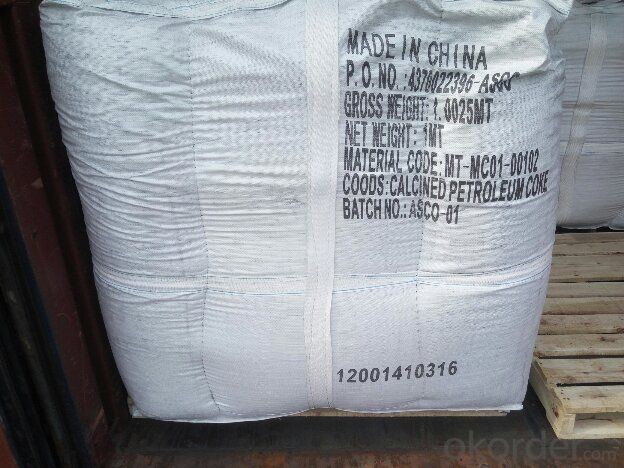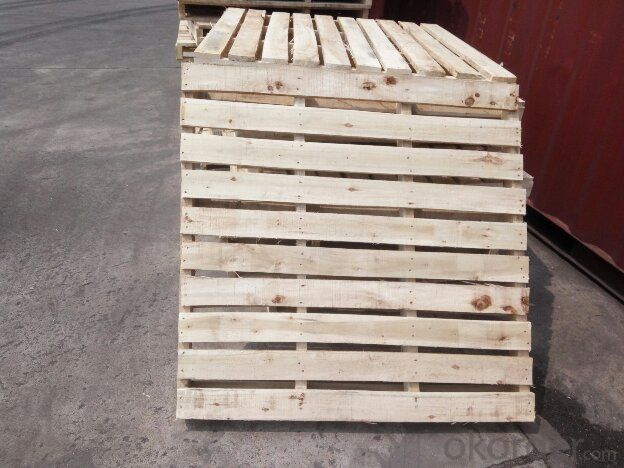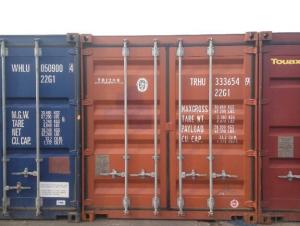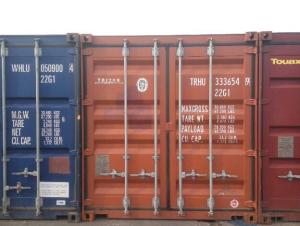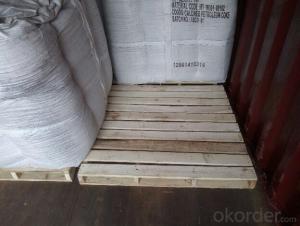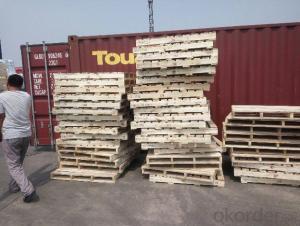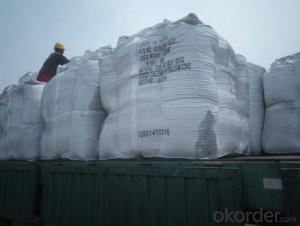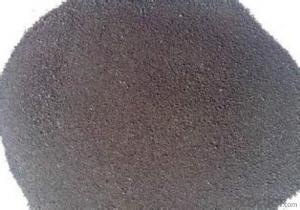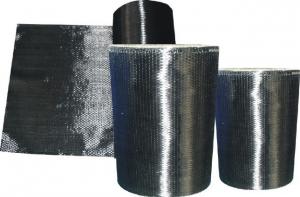Calcined Petroleum Coke as Injection Coke for Steel Plants wthin
- Loading Port:
- Qingdao
- Payment Terms:
- TT OR LC
- Min Order Qty:
- 20.2
- Supply Capability:
- 1012 m.t./month
OKorder Service Pledge
OKorder Financial Service
You Might Also Like
Intrduction
Carbon additive to ningxia production of anthracite as raw material, after washing, crushing, high temperature calcination, filter, etc. Craft refined and become.This is after the anthracite calcination generated high carbon content and low volatile component of the new product, is an ideal raw material to make steel.
Calcined Petroleum Coke comes from delayed coke which extracted from oil refinery. Although Calcined Petroleum Coke contains a little bit higher level of sulfur and nitrogen than pitch coke, the price advantage still makes it widely used during steel-making and founding as a kind of carbon additive/carburant.
Features
In the smelting process for reducing agent. Performance: replace the traditional oil carbon additive, decrease the cost of steelmaking. Features: low ash. low sulfur,low phosphorus, high calorific value. High ratio resistance,high mechanical strength,high chemistry activity. It is mainly used for metallurgy reductant inoculants, casting, refractory materials, machinery, electronics and other fields.Good quality
1) high absorption rate, it can be absorbed up to 90%.
2) absorbed more quickly than other carbon additive; no residue remains in furnace.
3) low Sulfur, the lowest can reach below 0.20%; low nitrogen, normally below 200ppm (0.02%)
Specifications
CPC | |||
F.C.% | 98.5MIN | 98.5MIN | 98MIN |
ASH % | 0.8MAX | 0.8MAX | 1MAX |
V.M.% | 0.7 MAX | 0.7 MAX | 1 MAX |
SULFUR % | 0. 5MAX | 0. 7MAX | 1MAX |
MOISTURE % | 0.5MAX | 0.5MAX | 1MAX |
Pictures
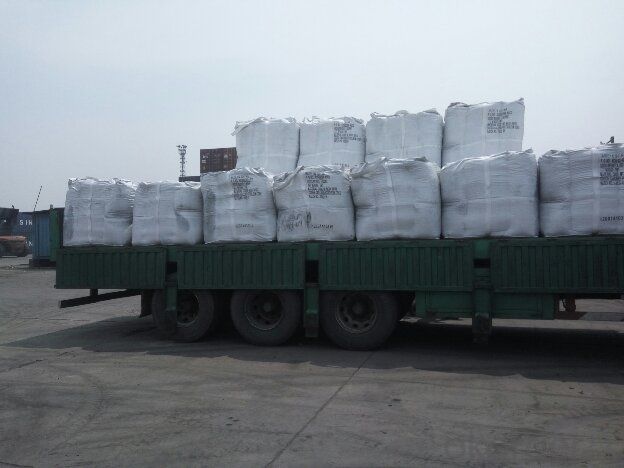
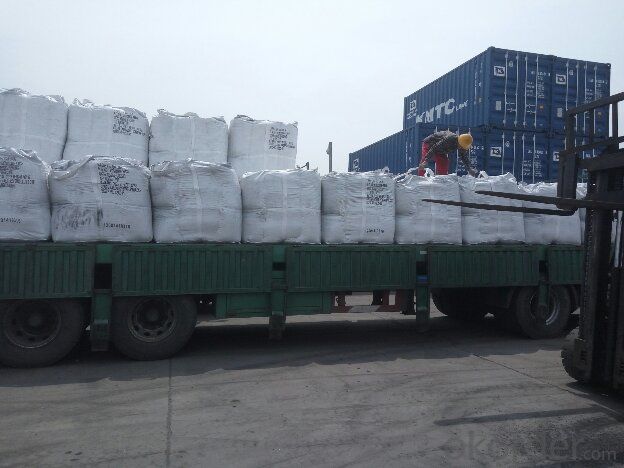
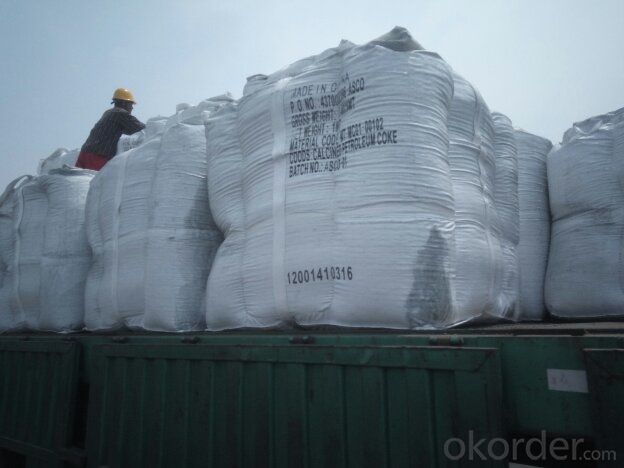
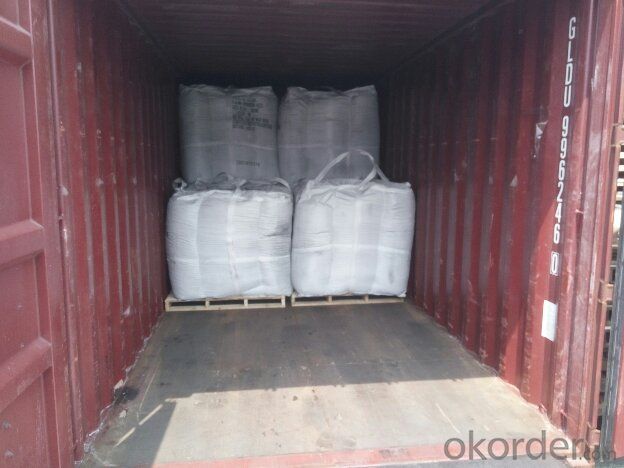
FAQ:
(1)CPC could be as fuel
Petroleum coke is a material relatively low in cost and high in heat value and carbon content with good chemical stability, making it an efficient and costeffective fuel for producing metal, brick and related products.
(2)CPC could be as Graphite Electrodes
Graphite can be produced from lowsulfur needle petroleum coke, which must be heated above 5,432 degrees Fahrenheit.
(3)CPC could be as Anodes
Calcined petroleum coke, often low in sulfur and metallic impurities, is used to make anodes for
the smelting industry.Calcined petroleum coke is mixed with coal tar pitch in the production of
anodes.
- Q: What should we do to reduce carbon emissions in our lives?
- Reducing the burning of fossil fuels is important, reducing the emission of motor vehicles, reducing private cars, reducing thermal power, and burning carbon emissions from coal-fired power plants
- Q: What is carbon emission and what harm does it do? How can carbon dioxide be prevented?
- The thermodynamic partial oxidation to synthesis gas, there is a relationship between O2 and CH4 mole ratio on deposition temperature, in the actual production is done, according to raw materials the ratio of the different temperature conditions of the appropriate choice, or according to the different ratio of raw materials, select the appropriate reaction temperature, to minimize coking of the catalyst.According to the metal partial oxidation of methane to Syngas in the catalyst, at different temperatures of pure CH4 and CO in nickel catalyst coke rate, found under the temperature of 1123K, 2CO is CO2+C rate than methane dissociation rates were slow 20 times and 5 times, which indicates that the catalytic pyrolysis of methane is the main way to deposit formation.
- Q: The printed document will be marked on the document name: carbon copy, no combination number, two links...... What's the meaning of this? What is the connection between the infinite and the two? I MMM
- [1] carbon free copy of a few, several refers to a few colors, that is, a few single! Is that a joint edge is what two of what is triple what you said and so on the boundless contact I estimate that he designer or boss tell you to explain things without Bian Lian refers to not say a contact department or (what) no Bian Lian case is a version of the paper change down on it, but the color edge contact is not the same a version of a few joint Bian Lian have changed several times.
- Q: What is the chemical symbol for carbon?
- The chemical symbol for carbon is C.
- Q: 15CrMo seamless steel tube and carbon plate welding fracture what is the reason?
- The steel body may suddenly cool significantly high temperature processing have occurred that situation I experience after I put the steel body warmed a bit in the process you can try to fix if you can not in the upstream steel,,
- Q: Recently bought an alarm clock, it is recommended to use carbon batteries. Nanfu battery is not good for the movement.
- Nanfu is generally alkaline battery, the alarm clock movement, the power is too large, will damage the movement. Supermarkets generally have many brands of carbon batteries, you can follow their favorite and ability to buy. There are deer, wild horses, PHILPS and so on.
- Q: Who is the high carbon content of stainless steel and ordinary steel?
- Two, stainless steel according to different varieties, including carbon: 0--0.15%,Of which: 0--0.03% is called low carbon stainless steel.So, generally speaking, carbon steel has a higher carbon content.
- Q: What are the effects of carbon emissions on the stability of grasslands?
- Grasslands are significantly impacted by carbon emissions, which have various negative effects. One major consequence is the modification of the climate, particularly through the greenhouse effect. Carbon dioxide (CO2) is a primary greenhouse gas, and the higher concentration of CO2 in the atmosphere leads to global warming. This rise in temperature disrupts the natural growth patterns of grasslands and disturbs the delicate balance of their ecosystems. The increased temperatures caused by carbon emissions can result in higher rates of evaporation, leading to drier soil conditions. Grasslands are adapted to specific levels of moisture, and any alterations in these conditions can reduce plant growth and increase vulnerability to drought. Consequently, grasslands become less stable and more susceptible to desertification. Furthermore, elevated levels of carbon dioxide can impact the nutritional quality of grasses. As CO2 concentrations rise, the relative proportion of essential nutrients in grasses may decrease. This phenomenon, called nutrient dilution, can affect the health and productivity of herbivores that depend on these grasslands for sustenance. The decline in nutritional value disrupts the delicate balance of predator-prey relationships and contributes to a decrease in biodiversity. In addition, carbon emissions contribute to soil acidification. Increased carbon dioxide dissolves in rainwater, forming carbonic acid, which lowers the pH of the soil. Grasses are sensitive to changes in soil pH, and acidification negatively affects their growth and nutrient absorption. Acidic soil conditions can also lead to the loss of crucial microorganisms that contribute to a healthy soil ecosystem, further destabilizing grasslands. Lastly, carbon emissions indirectly affect grasslands through climate change-induced changes in precipitation patterns. Shifts in rainfall patterns can alter the composition and distribution of plants, favoring invasive species or disrupting the competitive balance between different grass species. This disturbance can compromise the stability and functioning of grassland ecosystems. In conclusion, carbon emissions have multiple detrimental effects on the stability of grasslands, including climate changes, increased susceptibility to drought, nutrient dilution, soil acidification, and alterations in precipitation patterns. It is essential to reduce carbon emissions and mitigate the impacts of climate change to preserve the stability and integrity of grassland ecosystems.
- Q: How does carbon dioxide affect the pH of soil?
- Soil pH can be influenced by carbon dioxide through a process known as carbonation. When carbon dioxide dissolves in water, it creates a weak acid called carbonic acid (H2CO3). This acid can react with certain minerals and compounds, such as limestone or calcium carbonate, found in the soil, causing them to dissolve. As a result, positively charged ions like calcium (Ca2+) or magnesium (Mg2+) are released into the soil solution, which can raise the pH or make the soil more alkaline. Moreover, the presence of carbonic acid can also increase the availability of specific nutrients in the soil. For instance, it can enhance the solubility of phosphorus, making it easier for plants to absorb. This can ultimately improve soil fertility. However, it's important to consider that the impact of carbon dioxide on soil pH can vary due to different factors, including the concentration of carbon dioxide, soil type, and the presence of buffering agents. In some cases, the soil's buffering capacity can limit the effects of carbonic acid on pH changes. Therefore, while carbon dioxide can influence soil pH, it is just one of many factors that can affect the overall acidity or alkalinity of the soil.
- Q: Carbon Finance: Carbon Finance
- Carbon finance does not have a unified concept. Generally speaking, it refers to all financial activities that serve to limit greenhouse gas emissions, including direct investment and financing, carbon index trading and bank loans. The rise of "carbon finance" stems from changes in international climate policy and, precisely, two international conventions of great significance - the United Nations Framework Convention on climate change and the Kyoto protocol. Carbon finance definition: improved use of financial capital to drive the environmental rights and interests, to the laws and regulations for support, the use of financial means in the market platform makes carbon financial products and derivatives trading or to circulation, and eventually achieve a low-carbon development, green development and sustainable development objective. The United Nations Conference on environment and Development held in June 1992 in Brazil, Rio De Janeiro, more than 150 countries have established the "United Nations Framework Convention on climate change" (United Nations Framework Convention on Climate Change, referred to as the "Framework Convention"). The ultimate goal of the Convention is to stabilize atmospheric concentrations of greenhouse gases at levels that do not harm the climate system.
Send your message to us
Calcined Petroleum Coke as Injection Coke for Steel Plants wthin
- Loading Port:
- Qingdao
- Payment Terms:
- TT OR LC
- Min Order Qty:
- 20.2
- Supply Capability:
- 1012 m.t./month
OKorder Service Pledge
OKorder Financial Service
Similar products
Hot products
Hot Searches
Related keywords
